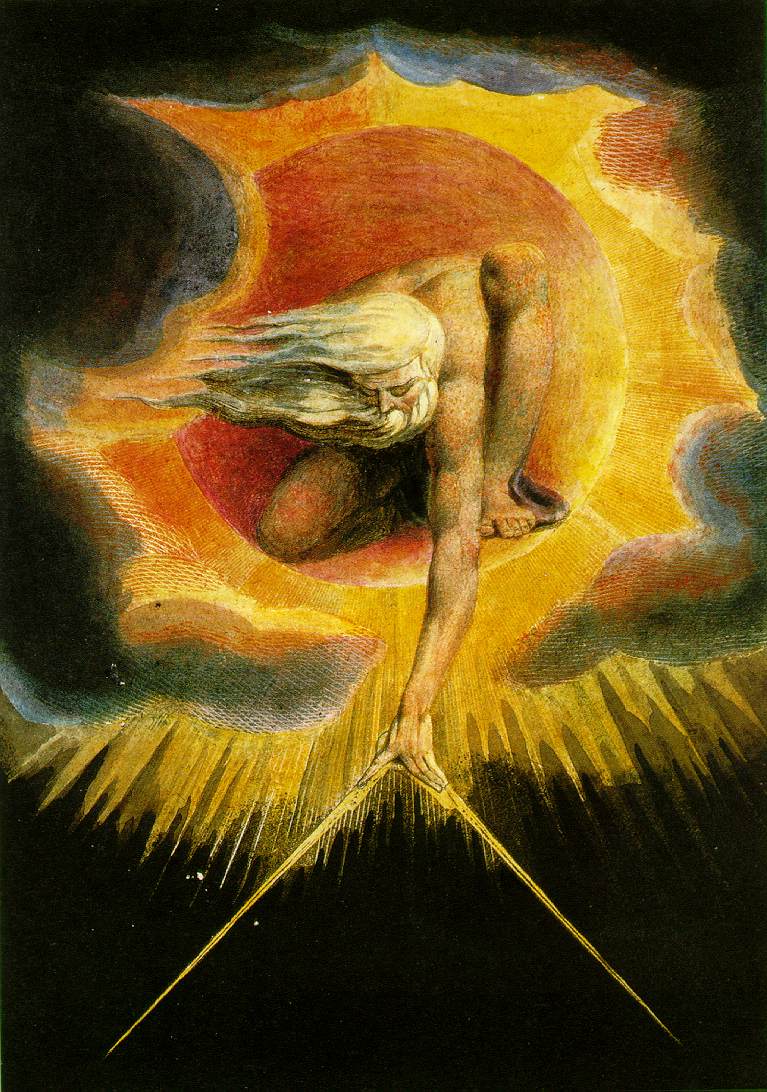Academicians spill oceans of ink about the word "gnostic", which means "knower". Gnosticism has been rather too easily straight-jacketed into a monolithic & dogmatic form: elitist, dualist, either puritanical or libertine, world-hating and earth-hating. On the other hand, it has been romanticized by the hermeneutics of victimization as a feminist harbor in a sea of patriarchy. I have my own definition. Of course.
But a very helpful work on the subject, Michael Williams' Rethinking Gnosticism, instead of trying to fit all the ideas and people considered Gnostic into a definition thereof, tried to see what they all had in common. He made the case for "biblical demiurgic mythicism." Big improvement, no? There was a significant class of Christians in the ancient world whom this describes: dissatisfied poet-theologians. You can hear echoes of their teachings in the polemics of the New Testament itself. The orthodox battled them hard and won. First, they were focussed on the Bible as their religious center but gripped by the apparent contraries within it. Second, they all held that there was a difference between the Father of Jesus Christ as depicted in the New Testament (the true God) and the God of Israel: the Jews were children of a lesser god, a demiurge. And third: their preferred mode of religious expression was creative mythmaking. Hence, backstories like Valentinus'.
Gnostic William Blake's Demiurgic "Ancient of Days"
The suspicion that you are not being told the whole story is a typically Gnostic form. It has long outlasted the "knowers" of the ancient world: the Matrix movies and The Truman Show continue the theme. Jorge Luis Borges certainly had a strong Gnostic streak in him; from The Defense Of Basilides The False,
The Gnostics were vanquished in their battle with the Christians.
But we can imagine their possible victory. If Alexandria had triumphed
instead of Rome, the bizarre and confused stories that I summarize here
would be coherent, ordinary,
So, from an old pinhead, Happy Valentinus Day.


1 comment:
Hey, in Blake's etching, is that a blurry barn owl (dozing in preparation for taking flight at dusk afterward)?
I had always assumed that it was the left (north, shem, spirit) knee and leg and foot of the Ancient of Day.
Post a Comment